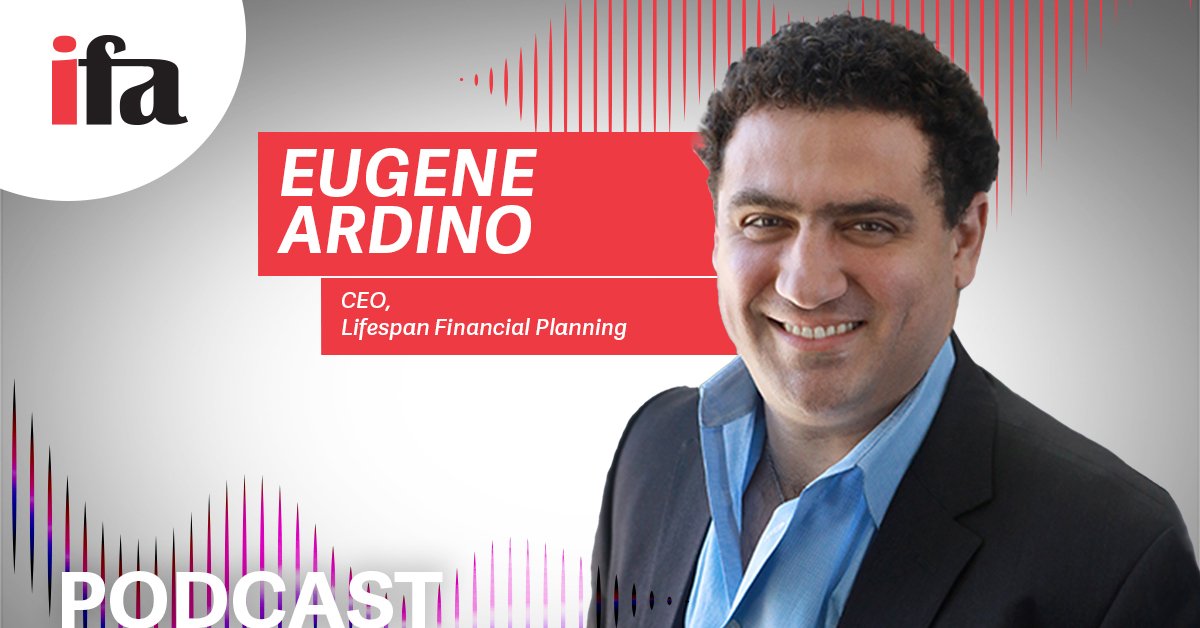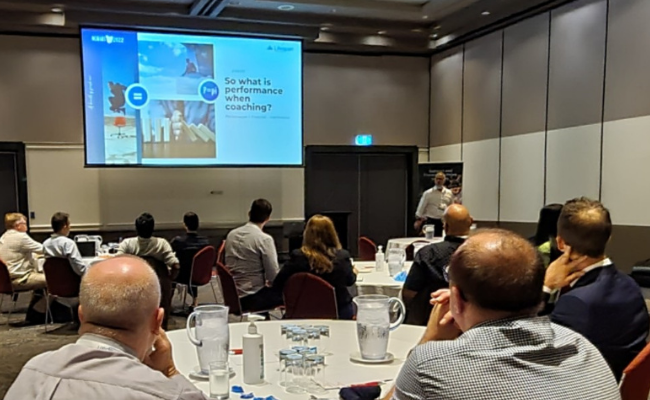You can listen to the podcast here https://lifespanfp.com.au/for-advisers/podcasts/
Increasing regulation of financial services has seen a trend of practices seeking to become self-licensed through getting their own Australian Financial Services licence (AFSL). While speculation that ASIC may impose individual licensing remains just that, the number of registered advisers that hold their own AFSL or operate a boutique or small AFSL doubled from 2016-2020 to 30%[1], and a further one in 10 advisers are considering becoming self-licenced.
So why undertake a detailed process that needs time, commitment, and dedication? It is because advisers from large institutions experience over-compliance burdens, become tired of being told what to do and want more autonomy over their businesses. Similarly, those from smaller dealer groups want to retain control and flexibility over their destiny.
What do practices need to know to prepare themselves?
We are currently working with a number of practices looking at getting their own AFSL, who are using our services to support them in that process. It can be a big effort to get your own AFSL and it has become harder in recent years.
The first consideration is time. We find it can take between three to six months depending on the parties involved in completing the application process.
Decisions need to be taken around who should be nominated as the Responsible Manager as their knowledge, skills, and experience are important. Articulating the manager’s character and how they are qualified with the right know-how can be a big stumbling block. While understanding the five Options that are available to a perspective Manager to demonstrate their knowledge and skills to ASIC, it’s also important to show you have the right infrastructure and that you have time to run an AFSL.
You need to consider the AFSL process holistically, as getting the licence is just the start.
Adhering to an AFSL is a lot of work. Some of the tasks include:
- Putting together a compliance manual, a compliance committee meeting process, agendas, and policy documents for training and supervision, research, and pre-vet procedures, among other things.
- Dealer codes need to be set up at the licensee level and distribution agreements obtained for different providers.
- An ASIC-approved accountant is needed for a financial audit.
- The ASIC register has to be updated in terms of appointing new Authorised Representatives.
- Then there’s AFCA membership and AUSTRAC requirements.
Once an AFSL is in place, you need the right systems and processes to ensure the smooth operation of the licence and that the advice business does not suffer from meeting the necessary compliance and regulatory demands.
That could mean you need to develop a business plan at a licensee level and a company level and do a cost analysis, including the time you spend as a Responsible Manager and the capability of your personnel. There are significant challenges.
Some businesses are merging or aligning themselves to share costs and responsibilities. If you take that path, ensure that the businesses are truly aligned and that there’s a trust factor between both parties.
How should firms plan?
You need the right infrastructure, personnel, systems, and processes. Unfortunately, many firms focus on just getting their AFSL and don’t have the time to do their own wider research. This can lead to rushed decision making and you could end up paying for support that doesn’t meet your needs.
You should explore dealer service options to obtain the packages and support appropriate for your individual needs. Try to really understand what sits behind the service offering. Look at their packages, compliance support, and personnel. Are they a publicly listed company, or privately owned?
Tap into the experience of Lifespan
Tapping the experience of an organisation such as Lifespan Partnership can be invaluable, as we can keep you up-to-date on regulatory changes and provide everything needed to run a compliant and successful AFSL.
As we’re privately owned, our focus is the AFSL, its clients, and advisers. We can also share learnings from running our own business and have a dedicated compliance manager who ran his own advisory business and who can provide a unique ‘adviser to AFSL’ perspective.
We leverage our financial planning experience to provide scale and support around technology, pricing, compliance research, and technical support. That includes a comprehensive checklist and induction training to help licensees after their AFSL application is granted. Professional development days ensure you don’t get lonely when you’re not part of a dealer group as you can share information with other AFSLs and become part of that community.
One of the major challenges of self-licensees is obtaining reasonably priced Professional Indemnity (PI) insurance, with the withdrawal of insurers from the market making this more difficult. It can also be difficult to secure reasonable excess terms where a claim needs to be made. Relationships with general insurance brokers that specialise in PI cover is critical. Our industry experience means we can leverage general insurance broker contacts that we have known for decades, allowing us to assist our AFSLs with appropriate PI cover at competitive rates. Similarly, we provide support with software and pricing and can leverage our relationships with research houses.
The additional value of connecting with a leading AFSL service partner is the peace of mind that comes from having another pair of eyes previewing your documentation templates, such as your FSGs, SOAs, compliance manuals, and policy documents. We help take the guesswork out of sometimes overwhelming corporate governance pressure, enabling your practice to thrive and operate sustainably, well into the future.
by Tony Mantineo, Head of Lifespan Partnership
———













